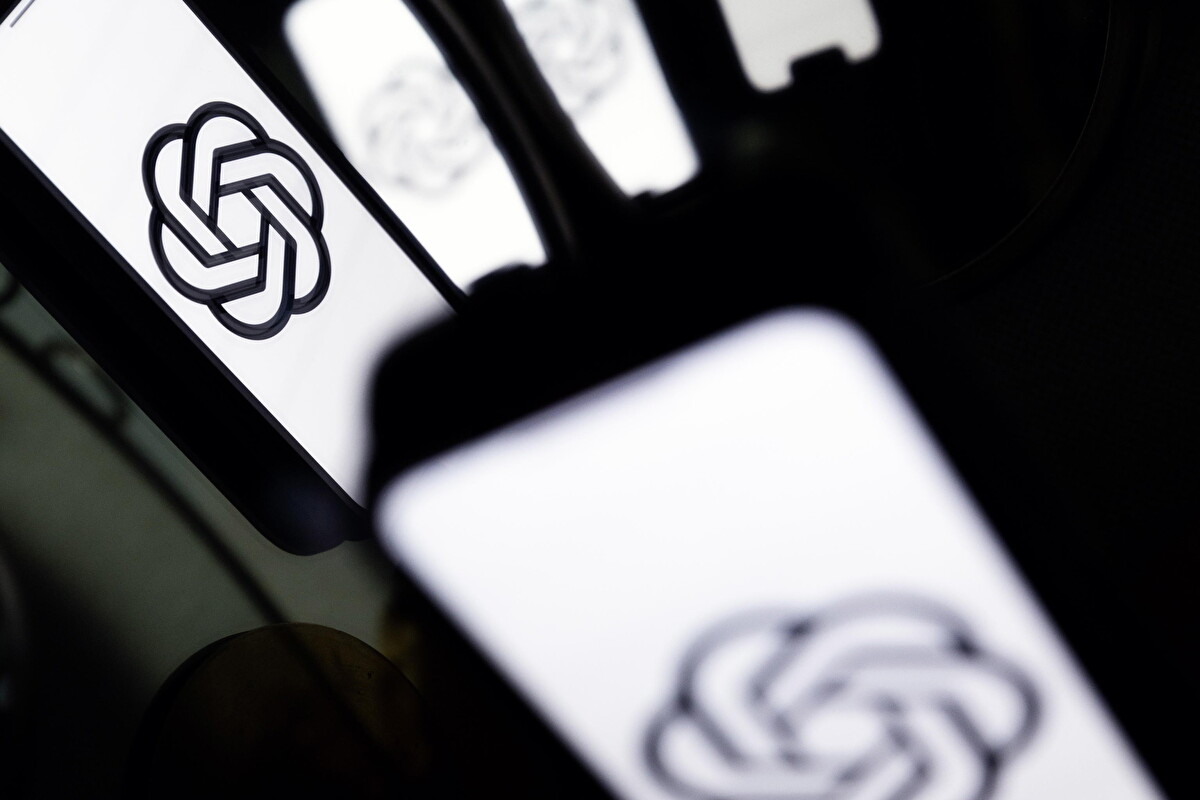The “Help Point” intercoms scattered throughout New York City’s subway system are supposed to be a lifeline for riders in need. They’ve apparently become a magnet for mischief instead. According to a report from the MTA inspector general’s office, nearly half of the 140,000 calls made through the boxes between May and October of last year weren’t cries for help – but pranks.
The MTA has invested heavily in the “Help Point” system, spending $250 million to install them in stations starting in 2011, with full implementation by 2018. Yet, only 28% of calls during the six-month review period were genuine requests for help. Another 22% came from internal equipment tests, leaving over 70,000 prank calls clogging up the lines.
“The Help Point system is important for public safety, and an immediate response to genuine emergency calls is crucial,” MTA Inspector General Daniel Cort stated, likely with more than a hint of frustration.
The report further exposed some critical flaws in the system’s operations. Emergency calls made through the intercoms weren’t prioritized over those made for general information, defeating the very purpose of having a dedicated “emergency” button.
While the MTA managed to answer 75% of emergency calls within 15 seconds, the timing still falls short of the 90% national standard for 911 calls. And 1,200 emergency calls went completely unanswered—a glaring gap in a city where seconds can mean the difference between life and tragedy.
To cut down on prank calls, MTA’s inspector general has floated a few ideas – including installing cameras to identify repeat offenders, slapping a $50 fine on those who misuse the system, and adding warning stickers to remind users that boxes aren’t playthings.
MTA spokesperson Meghan Keegan noted that Help Points supplement both police presence and the 911 network. “We’ve closely reviewed the Inspector General’s recommendations concerning Help Points and are evaluating ways to improve their effectiveness,” she said.
Still, the MTA’s official response highlighted a logistical snag: station supervisors juggle calls from multiple sources, including elevators and booths. Prioritizing Help Point calls could disrupt their ability to manage other urgent needs across the transit system.











